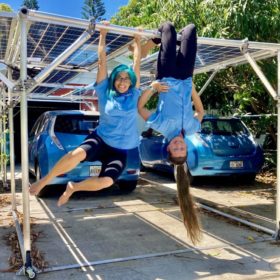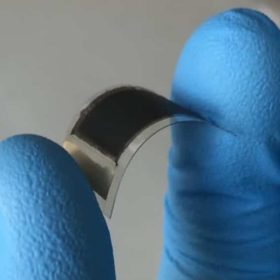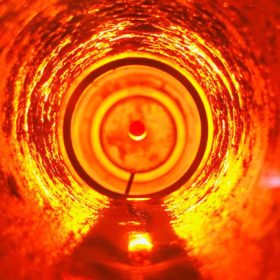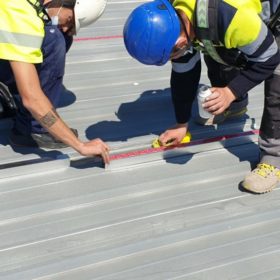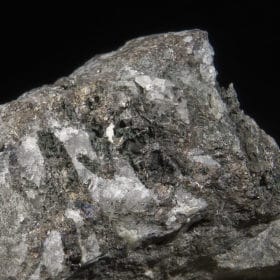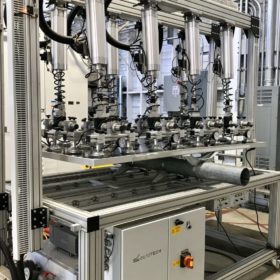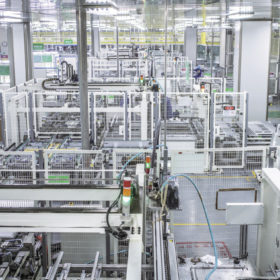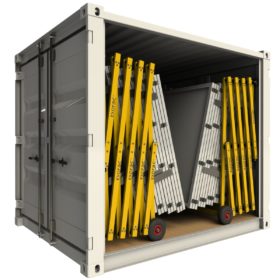Portable solar carport designed by student wins Genius award
Dubbed Gismo Power, the appliance is entirely mobile, can be grid-connected, and may be folded for storage.
Perovskite stability, and the effects of defects
An international team of scientists fabricated perovskite solar cells which retained almost all of their initial 21% efficiency after 1,000 hours under continuous operation at their maximum power point. The researchers credit this performance to their discovery of an additive that served to ‘block’ ions that cause device degradation, and also hope their work will contribute to an improved understanding of the relationship between efficiency and stability in perovskite PV.
Nano-micro-scale cooler for solar modules
The proposed technique is based on radiative cooling and consists of a glass coating made with a two-dimensional subwavelength nanostructured grating, which is imprinted in soda-lime glass and has enhanced mid-infrared emissivity, and a micro-structured grating. The temperature decrease provided by the nano-micro-grating coating was found to be approximately up to 5.8 degrees Celsius.
Adhesive mounting system for any kind of solar modules
The system, developed by Spanish specialist Alusín Solar, is being tested by Endesa in a 9.8 MW project for self-consumption. The mounting structure is made with aluminium bars that, instead of being fixed to the roof with screws, are attached through a double-sided adhesive.
Flexible bifacial kesterite solar cell at 9.3% efficiency
Scientists in China developed a new kesterite solar cell they say could be suitable for indoor or outdoor applications. The bifacial solar cell reached 9.3% frontside efficiency, and also achieved a 9.0% on the backside.
‘We see a future where Australia produces thousands of terawatt hours of renewable electricity’
Chief Executive of the Australian Renewable Energy Agency, Darren Miller, says he envisions a future where Australia will produce up to ten times more clean electricity than the country requires to become a “shining example of what is possible if you have the right ingredients and the right ambition.”
Simple trick to protect PV systems from pigeons
A German PV system owner has developed a simple solution intended at preventing the birds from nesting under the modules.
Module testing reveals increase in mechanical failures
Last week, testing specialists PV Evolution Labs launched its latest Module Reliability Scorecard, which names more than 100 products from 26 manufacturers as top performers, after being put through their paces in extensive lab testing. This year’s scorecard reveals an increase in modules seeing at least one failure during the testing procedure, with newly added mechanical stress procedures causing the greatest number of failures.
JinkoSolar reaches record 25.25% efficiency with n-type monocrystalline TOPCon solar cell
The Chinese module manufacturer said the 0.35% improvement in efficiency was obtained through material upgrades integrated into the cell process and fabrication. The result was confirmed by China’s National Institute of Metrology.
Containerised, retractable PV system for quick deployment
A Swiss start-up has created a containerised movable PV system that is designed to be easily relocated to allow the use of solar energy in locations where a fixed installation is not an option. The solution is based on a racking technology which can include two racks able to host up to 30 solar panels.
